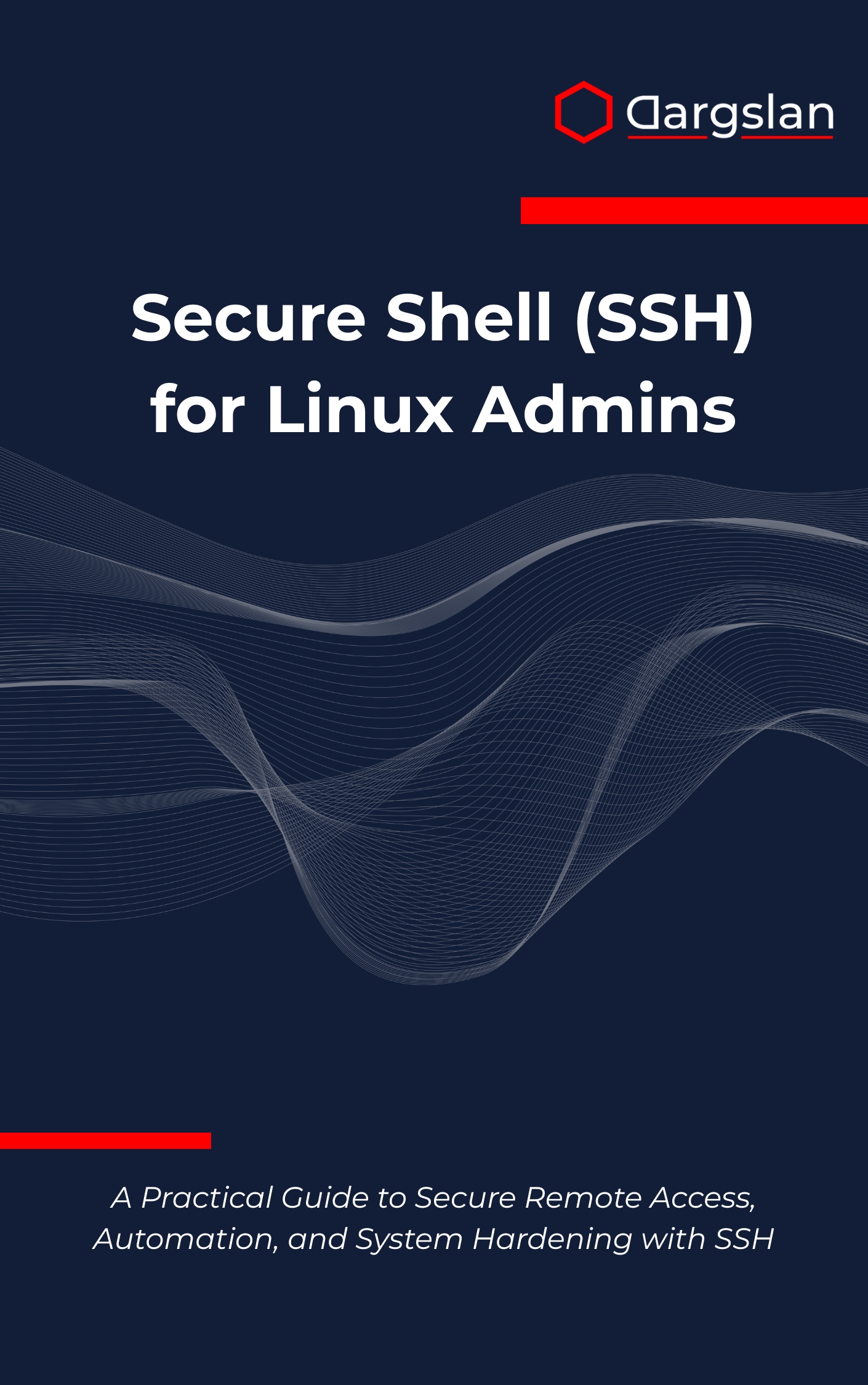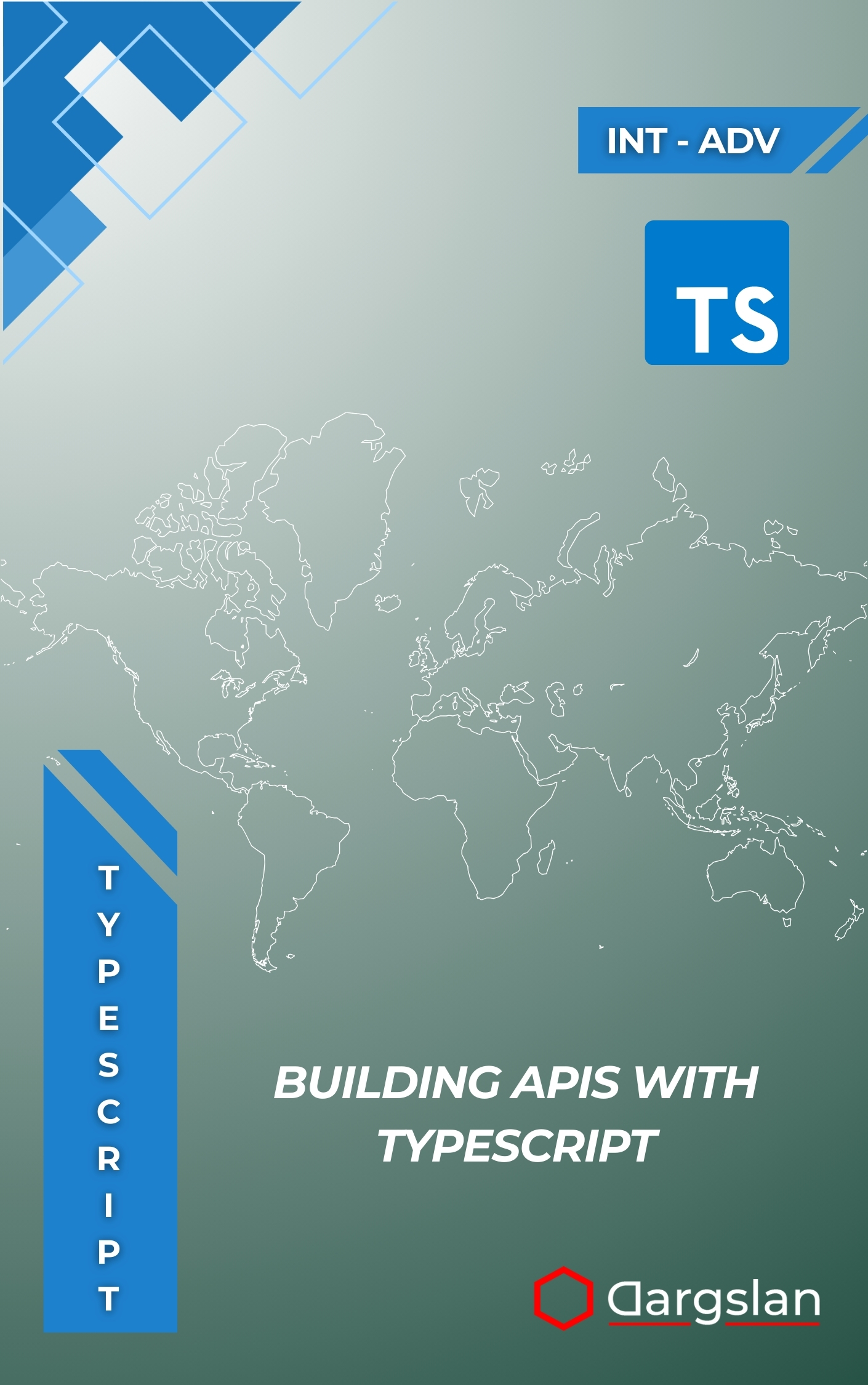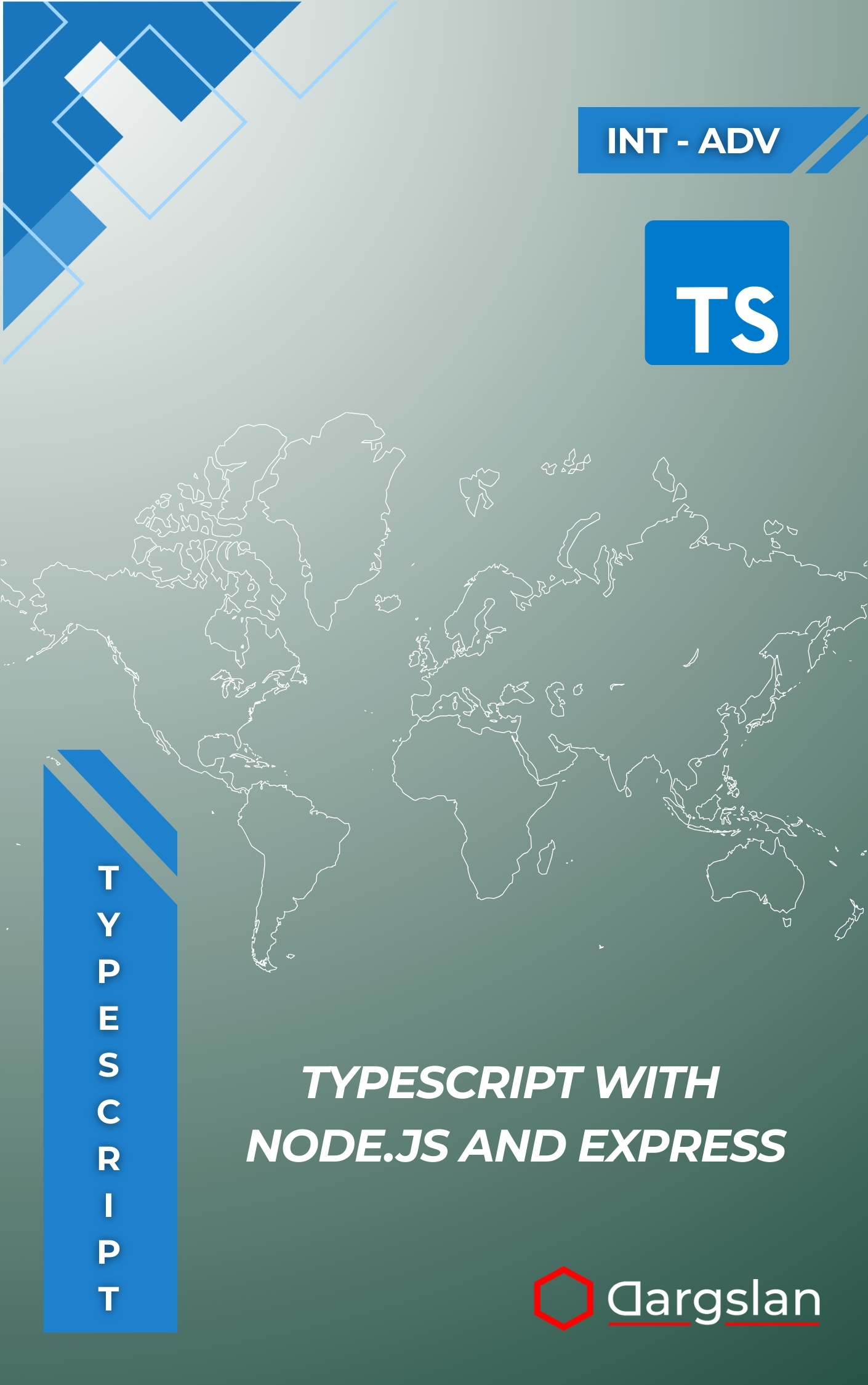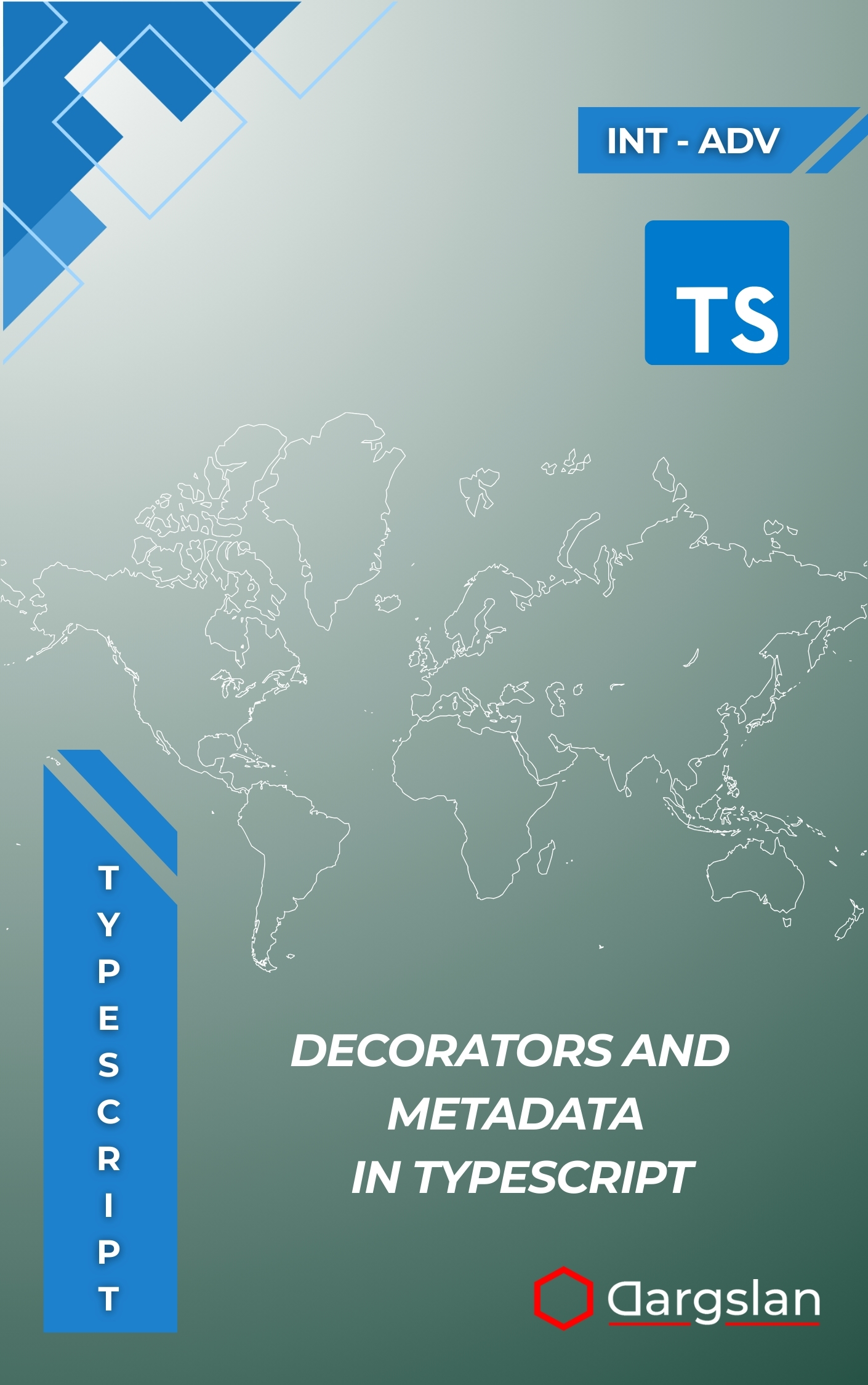Secure Shell (SSH) for Linux Admins
Comprehensive SSH Mastery for Linux Administrators,Secure remote access and automation in Linux with complete SSH mastery.

Secure remote administration doesn’t have to be risky, slow, or complex. With the right practices, SSH becomes a powerful foundation for resilient operations, streamlined automation, and airtight security across every Linux system you manage.
This expert-crafted guide shows you how to turn everyday remote access into a robust, scalable capability. From hardened configurations to enterprise-grade key workflows, you’ll learn how to elevate reliability without compromising speed or control.
A Practical Guide to Secure Remote Access, Automation, and System Hardening with SSH
Overview
Secure Shell (SSH) for Linux Admins is the definitive IT book and programming guide for professionals who need a technical book that moves beyond basics, delivering A Practical Guide to Secure Remote Access, Automation, and System Hardening with SSH across Linux environments. You’ll master SSH installation and configuration, key-based authentication, SSH server hardening, remote command execution, tunneling and port forwarding, connection multiplexing, automation and scripting, logging and auditing, advanced SSH features, troubleshooting methodologies, multi-server management, security policy development, performance optimization, certificate authorities, and enterprise deployment strategies. Throughout, the focus stays on practical implementation: how to design, deploy, and sustain secure SSH operations at scale—without sacrificing efficiency.
Who This Book Is For
- Linux system administrators and SREs who manage servers at scale and need dependable, hardened access with predictable performance and repeatable configurations.
- DevOps engineers and platform teams looking to automate provisioning, patching, and incident response using robust SSH workflows that integrate with CI/CD and secrets management.
- Security practitioners, auditors, and compliance leads ready to unify policy, reduce risk, and implement certificate-backed access with clear, auditable controls—start building your gold-standard baseline today.
Key Lessons and Takeaways
- Build a secure-by-default SSH baseline that holds up in production. You’ll configure strong ciphers and MACs, disable insecure protocols, enforce key-only logins, restrict root access, and apply host-based protections such as AllowUsers, Match blocks, and network segmentation.
- Implement resilient key management from day one. Learn proven approaches for key generation, rotation, revocation, and inventory, including the advantages of using certificate authorities for short-lived credentials and centralized trust across multi-tenant or multi-cloud estates.
- Use advanced connectivity patterns for speed and reliability. Master ProxyJump and bastion patterns, connection multiplexing to reduce latency, ControlMaster/ControlPersist for fast session reuse, and jump host auditing that preserves traceability end to end.
- Unlock powerful automation and scripting techniques. Execute remote command execution safely, orchestrate multi-host tasks, pipe data over secure tunnels, and integrate SSH with Ansible, systemd, Git, and CI pipelines for zero-friction operations.
- Harden servers without breaking usability. Apply defense-in-depth with port knocking, fail2ban, rate limiting, PAM/MFA integration, chroot/jail strategies, and principle-of-least-privilege controls that align with your security policy development goals.
- Leverage tunneling and port forwarding like a pro. Create secure local, remote, and dynamic tunnels for database access, web UIs, or restricted services; understand when to prefer SOCKS5 or reverse tunnels; and document these patterns for repeatable deployments.
- Optimize performance at scale. Reduce connection overhead with SSH config profiles, reuse connections with multiplexing, tune keepalives and server limits, and right-size crypto algorithms to achieve performance optimization without eroding security.
- Design enterprise deployment strategies. Standardize configurations via configuration management, use golden images, enforce environment-wide policies, and adopt CA-backed SSH to simplify on/offboarding, ephemeral access, and cross-team collaboration.
- Strengthen logging and auditing for compliance. Capture session metadata, command execution, and access footprints; implement structured logging; and feed events to SIEM pipelines for alerting, forensic analysis, and incident response.
- Troubleshoot with confidence. Diagnose handshake failures, auth mismatches, network reachability issues, and cipher incompatibilities with clear troubleshooting methodologies that minimize downtime and guesswork.
Why You’ll Love This Book
This guide combines step-by-step instruction with immediately usable templates, checklists, and configuration snippets you can drop into production. Each chapter emphasizes real-world tradeoffs, so you understand not only how to configure SSH, but why certain choices matter in regulated, high-availability environments. You’ll get clarity, practicality, and depth—without fluff.
How to Get the Most Out of It
- Start with the secure baseline and build upward. Read the foundational chapters on installation, key-based authentication, and server hardening first, then progress to connection multiplexing, tunneling, and certificate authorities as your environment matures.
- Apply as you learn in a controlled lab. Mirror production patterns: create a bastion, enable logging and auditing, test ProxyJump chains, and experiment with different ciphers and KEX settings to see how security and performance interact under load.
- Reinforce skills with focused mini-projects. For example: deploy CA-signed SSH across three environments; convert static keys to short-lived certs; implement role-based SSH groups; or automate remote command execution for patching and inventory across dozens of hosts.
Get Your Copy
Transform how you manage Linux systems with a comprehensive, field-tested approach to secure remote access, automation, and hardening—built for modern infrastructure. Put proven patterns to work across your fleet today.




